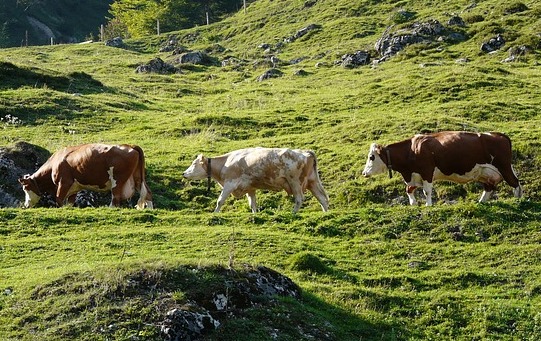Transhumance, an ancient practice still alive in Molise, has been declared an Intangible Cultural Heritage of Humanity.
On 11 December 2019 the Committee for the Intangible Cultural Heritage of UNESCO (United Nations Educational, Scientific and Cultural Organization), meeting in Bogotá in Colombia, has declared unanimously transhumance Intangible cultural heritage of Humanity.
Transhumance is the seasonal migration of herds from lowland pastures to mountain ones and vice versa, along natural paths called ‘tratturi’. It has ancient roots and still lives in many regions of Italy, from the Alps to the Tavoliere, even in Molise.
The nomination for the inclusion of transhumance in the UNESCO heritage list, which began in 2015, was proposed by Italy (as a leading organization), Greece and Austria.
A very important goal, for Italy but also for the Molise region that played so much part in this process. Among the emblematic communities indicated in the dossier as symbolic places of transhumance there is also Frosolone (in the province of Isernia), where the Colantuono family continues tenaciously to perpetrate this very ancient seasonal ritual. The transhumance continues to live thanks to the families of shepherds and herdsmen who continue to practice it, in perfect harmony with the environment, practicing a sustainable and efficient breeding method.
For more information on transhumance in Molise follow the facebook page Transumanza e altre meraviglie dal Molise
Brunella Muttillo

